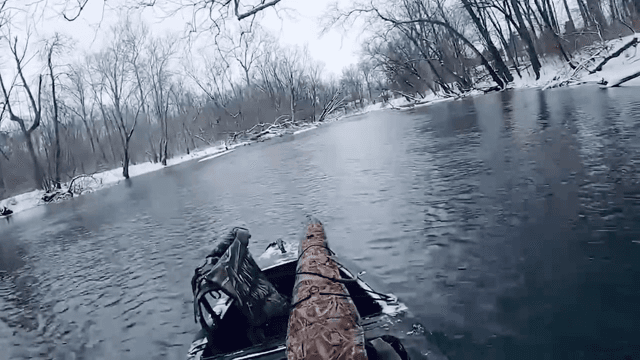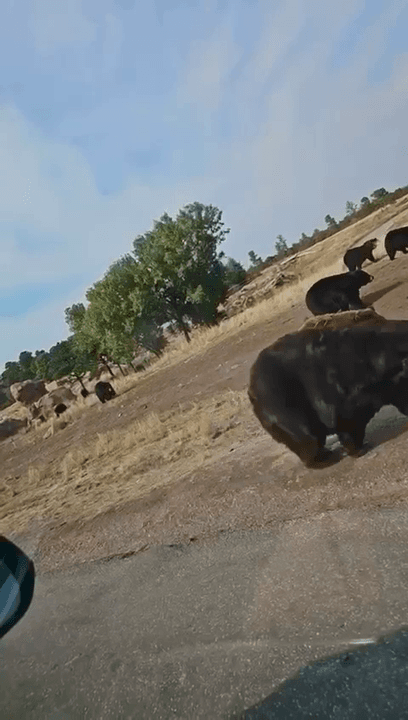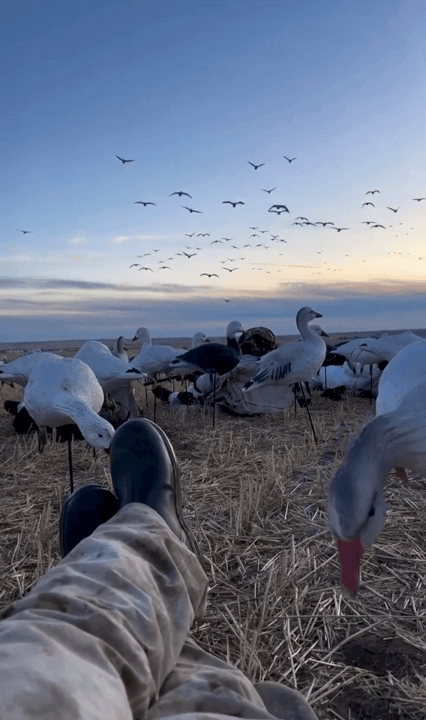
Canada goose hunting from kayak. GoPro video. An interesting fact is that of all the subspecies of geese, the Canadian goose flies the worst. This is due to its large weight. That is why the author of the video was in no hurry to get the gun out of the case. Canada geese have been introduced in Europe in the early 17th century by explorer Samuel de Champlain who sent several pairs of geese to France as a present for King Louis XIII. The Canada goose was one of the many species described by Carl Linnaeus in his 18th-century work Systema Naturae. The Canadian goose (Branta canadensis) is a waterfowl from the duck family. It is the most widespread waterfowl in North America: its population exceeds 5 million individuals. The body length of the Canadian goose is 55-110 cm, the wingspan is 120-180 cm, and the weight is 2.0—6.5 kg. The Canadian goose is native to North America. Currently, the bird breeds mainly in Alaska and Canada, including on the Arctic coasts and islands of the Canad
Post: 13 January 13:55













































